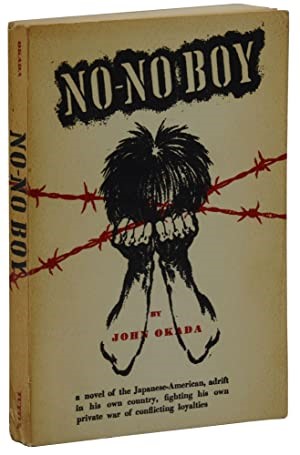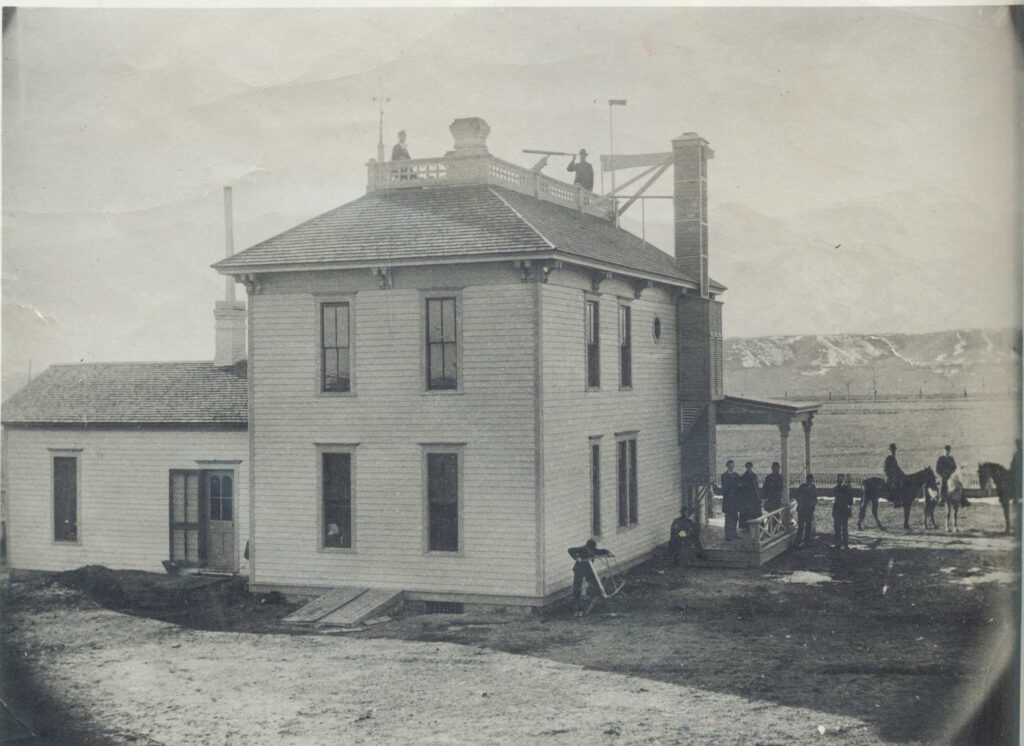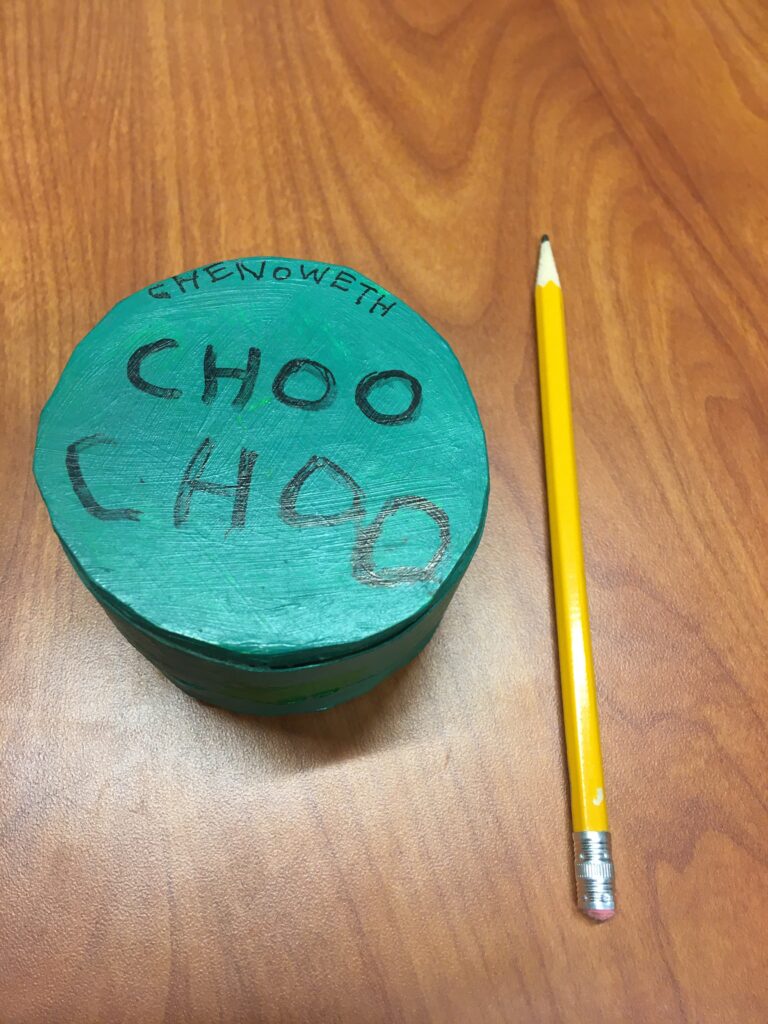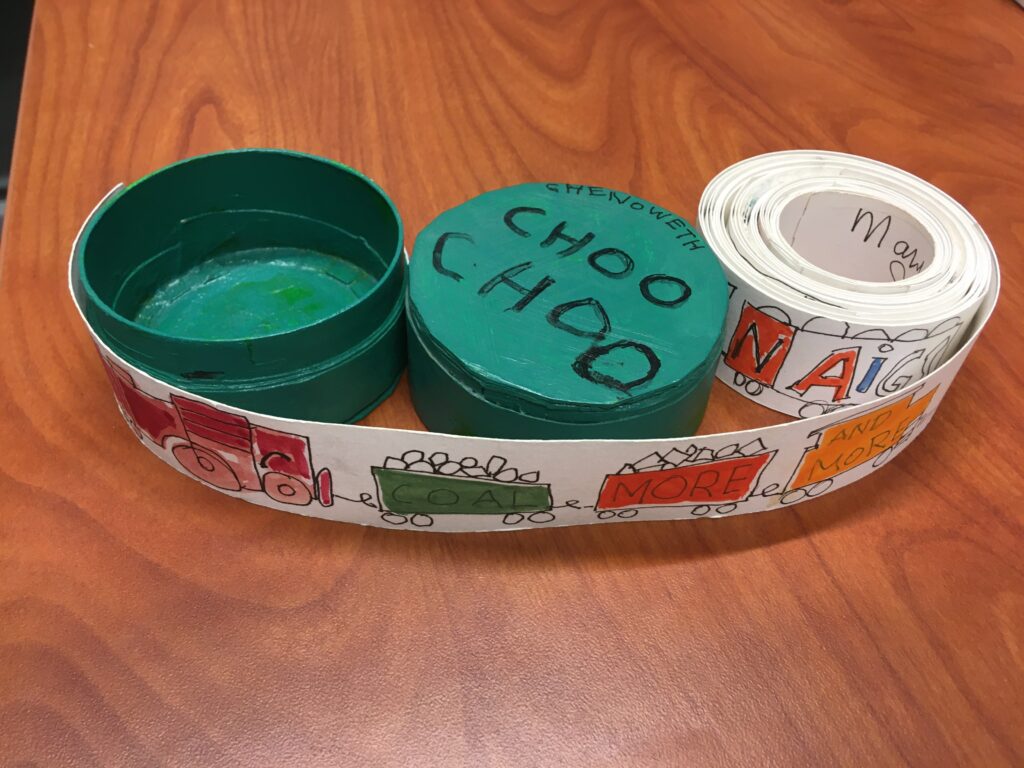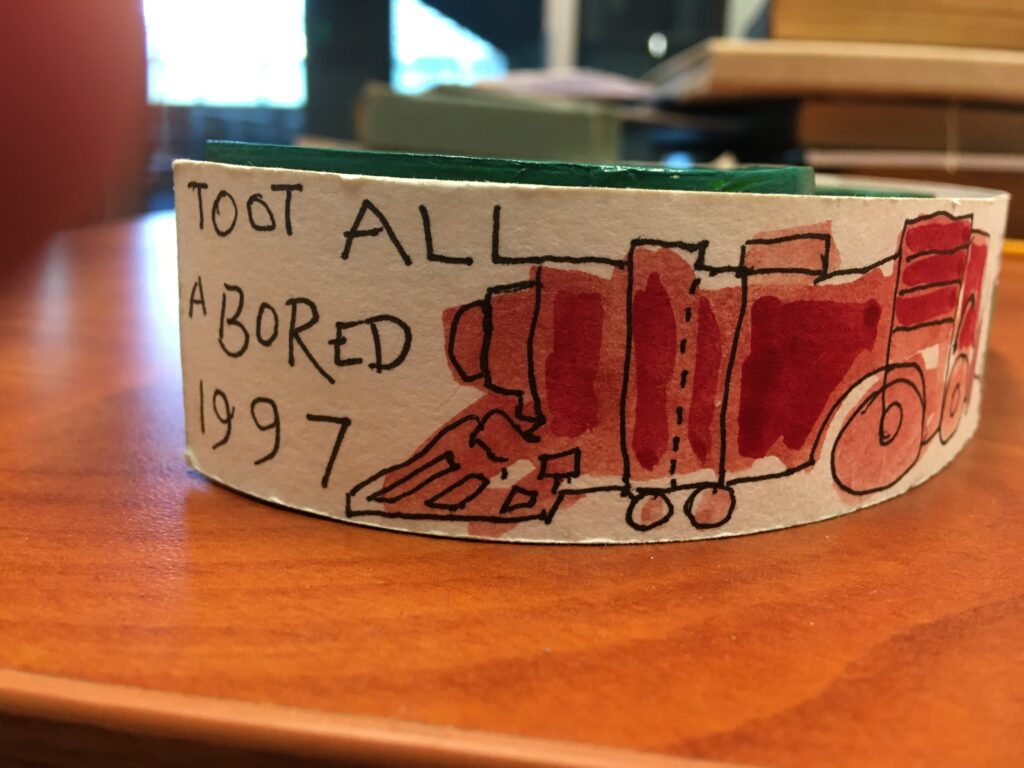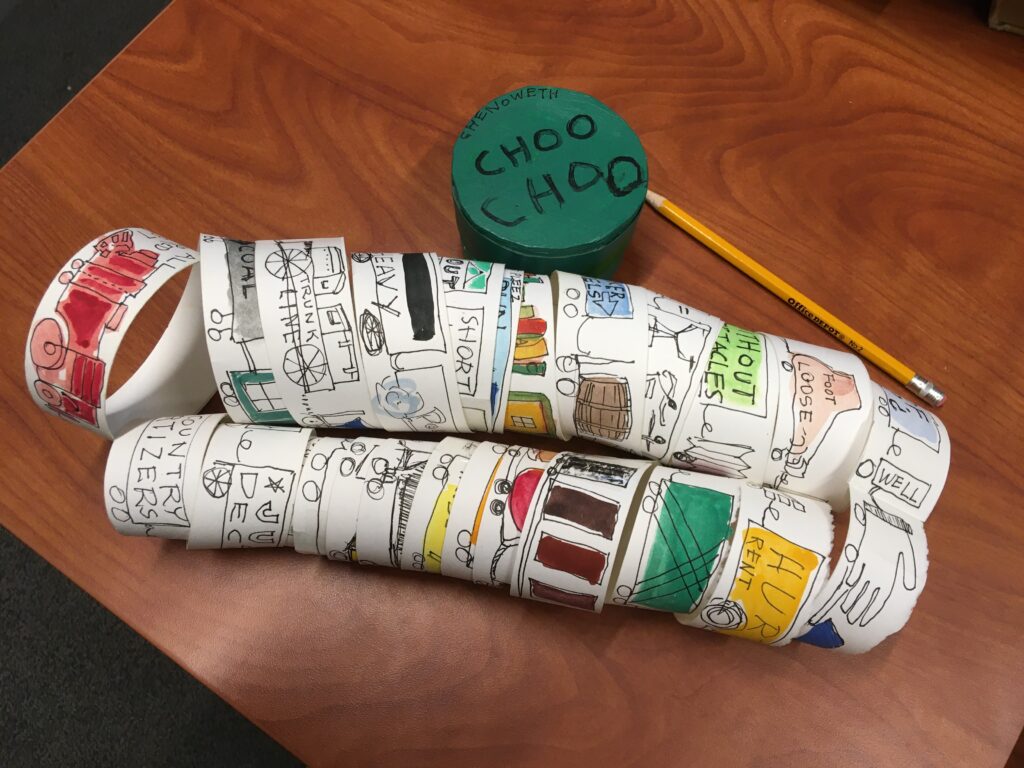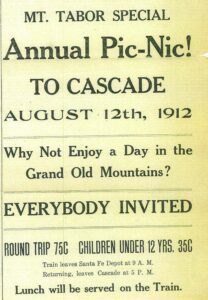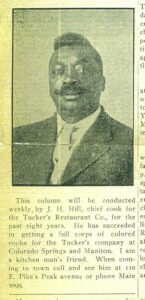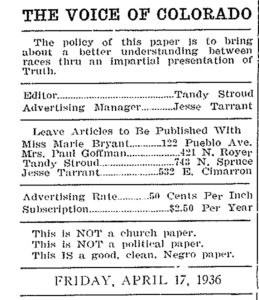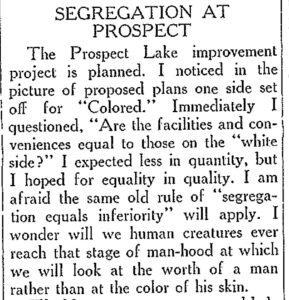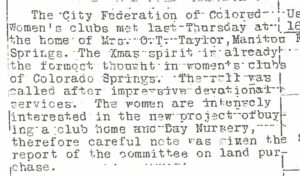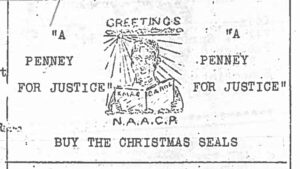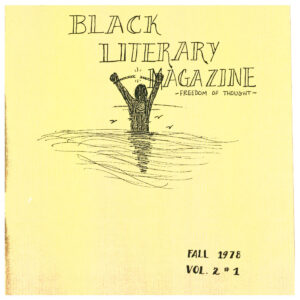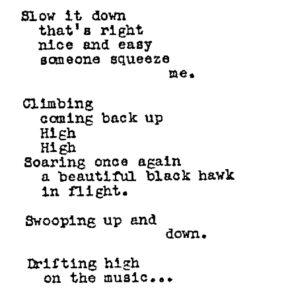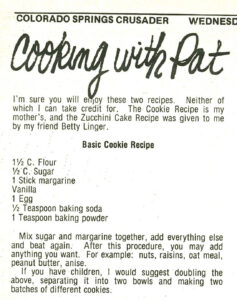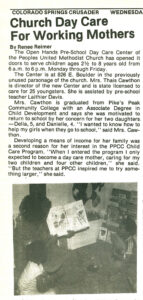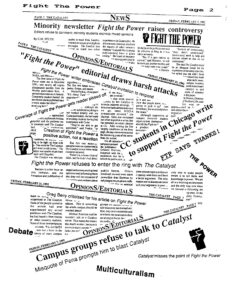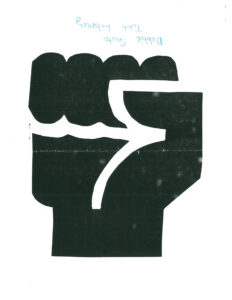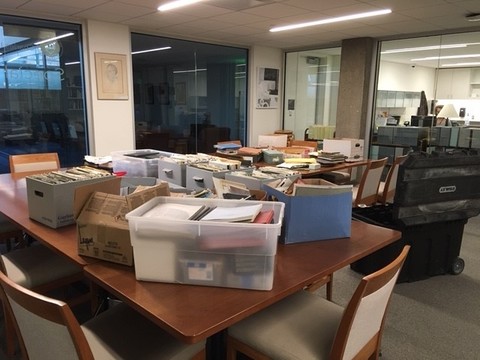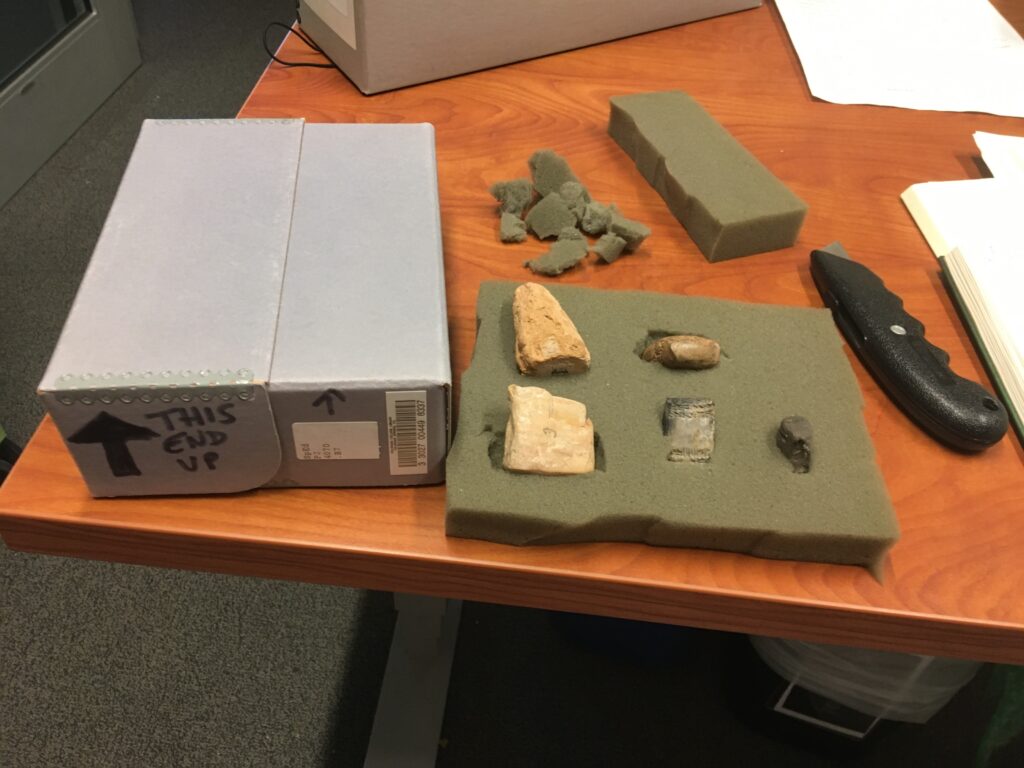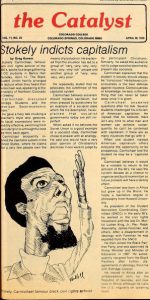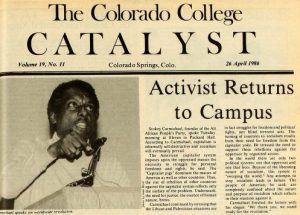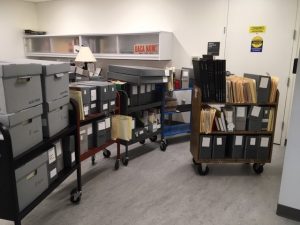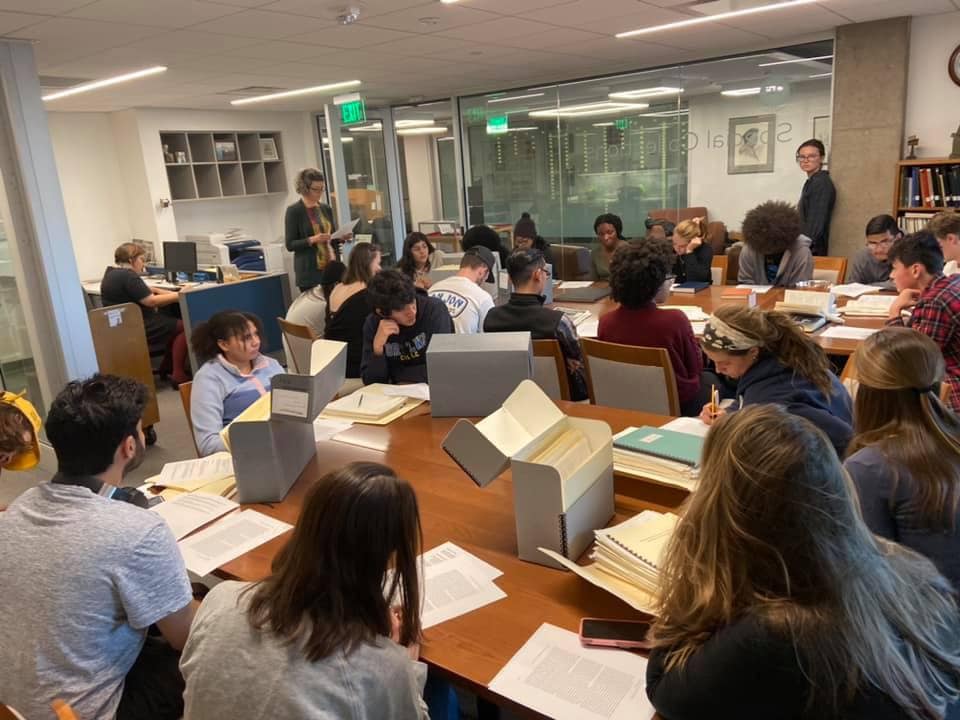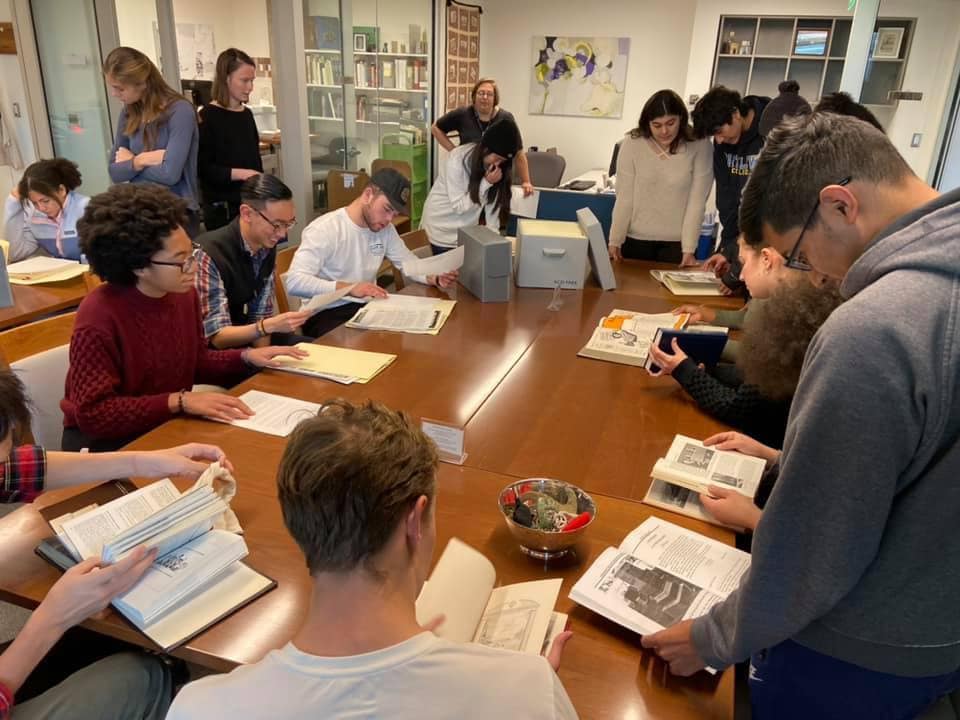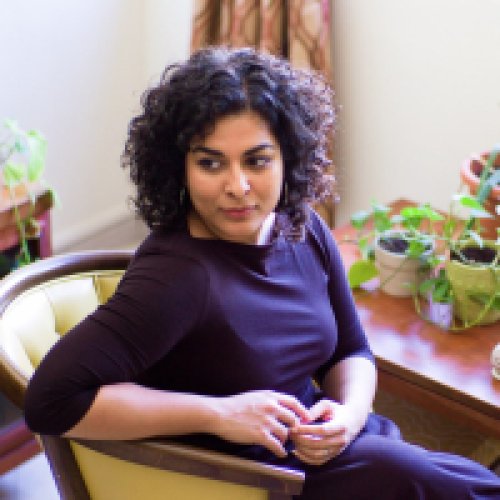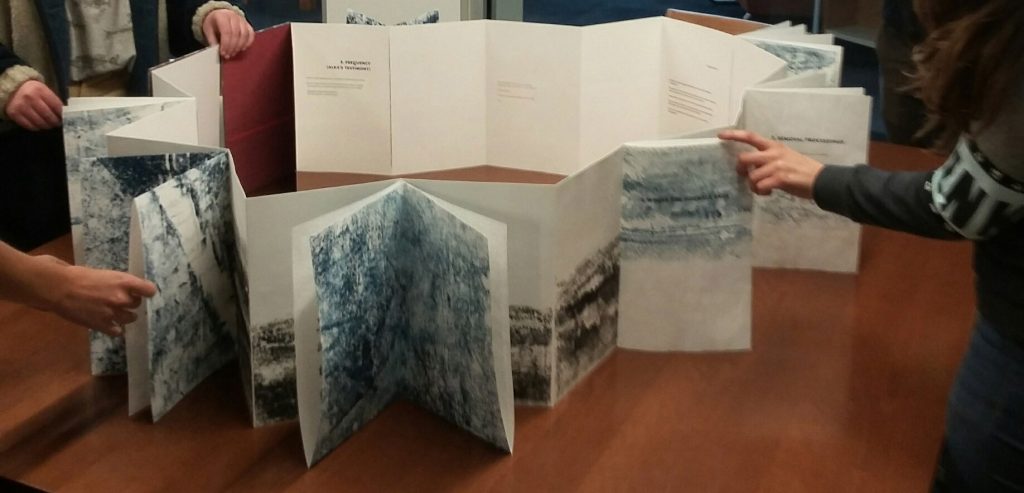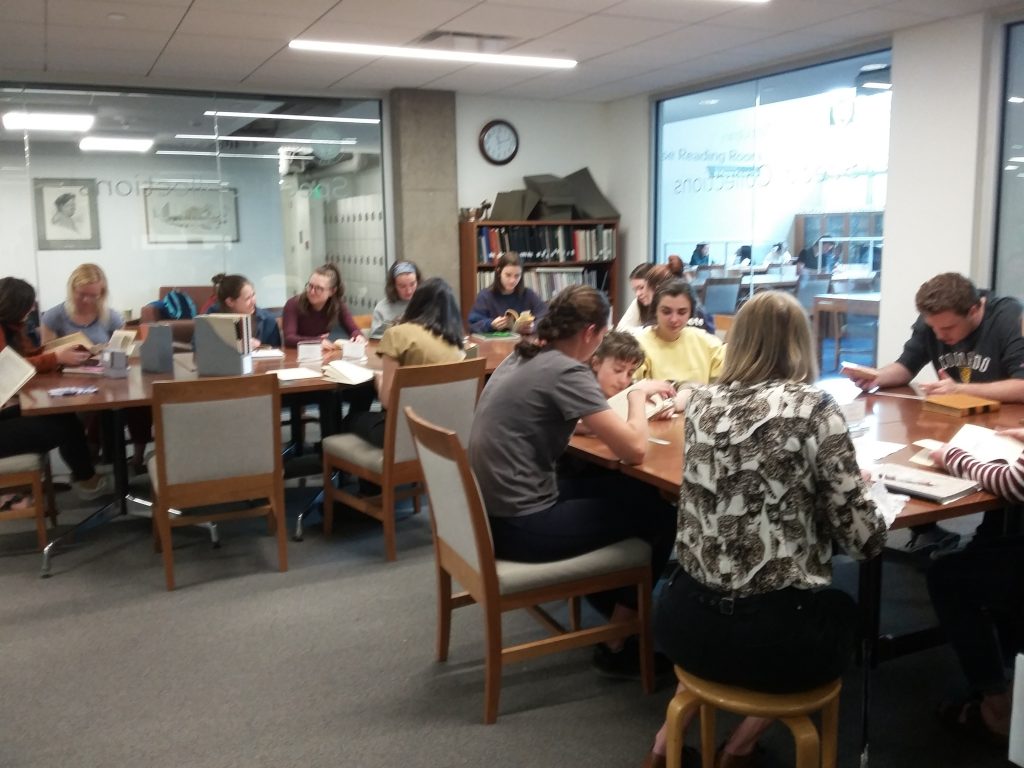Here we are in April of 2020, undergoing a global pandemic, with Colorado College students distance-learning, and CC faculty and staff mostly working from home. Naturally, I’ve been getting some questions (via email) about the closest thing we have to a parallel situation in CC’s history, the 1918 flu pandemic.
We learn from Robert Loevy’s 1999 book Colorado College: A Place of Learning (p. 111):
“In the fall of 1918 an influenza epidemic swept the United States, and Colorado College was not spared. Eight of the young men in the Army radio school died in one month, and a young instructor in Physics, William W. Crawford, also succumbed to the disease. The College was quarantined by the local Health Department, classes were suspended, and Ticknor Hall was converted into an infirmary for the large numbers of ailing military personnel. … The influenza quarantine was lifted on December 13, 1918, and classes quickly resumed.”
The Colorado College student newspaper of the time, the Tiger, is digitized and freely available here: https://archive.org/details/tigerstudentnews21colo/page/n5/mode/2up. The front page of the October 4, 1918 issue has this headline: “No Necessity for Closing Classes Yet.” The December 6 issue of the Tiger, however, states that classes closed on October 4. Presumably, then, the paper came out just as the situation changed drastically.
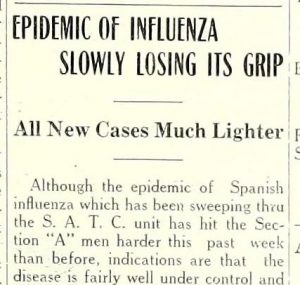
The October 11 Tiger has “Epidemic of Influenza is Practically Arrested,” and in the weeks following, headlines include “Epidemic of Influenza Slowly Losing its Grip,” “Only 18 Patients Left in Hospital in Ticknor Hall,” and “Radio School to Re-Open Monday Morning.” These cheery headlines hide the fact, revealed in the issue of December 8, that by October 5, five men in the SATC (Students’ Army Training Corps) had died, with more to come. Additional influenza outbreaks occurred in the winter and spring, with somewhat less-severe quarantine restrictions and no further deaths at CC.
Reading through the 1918 paper, I found similar instructions to today’s. People aren’t to gather in large groups; if you are sick, you’re to stay home. The October 15 issue recommends the use of a mask with this rhyme: “Cover up each cough and sneeze, / If you don’t you’ll spread disease.”
There’s also evidence of dark humor: the October 18 issue contains this rueful aside under the headline “I Beg Your Pardon, Sir”: “We understand that we missed the chance of a life-time in the last Tiger by not having one of the prominent headlines read thusly: EPIDEMIC OF INFLUENZA LOSES ITS GRIPPE. Perhaps so, but we quit calling it the grippe after the second funeral.”
Not all the men who died are identified in the student newspaper, but I found these names: William W. Crawford, Private Carey, Private Leland James, Abe Chayuten, and Private A. F. Kerns.
I’ll end with the paper’s gratitude for the work of medical staff, from the October 18 issue:
“Too much praise cannot be bestowed upon Mrs. Weinshausen and Mr. Hartog, who, with their corps of nurses and assistants so defeated this menace threatening the health and life of every
soldier in the unit. Considering the fact that fully 200 patients were treated, the mortality rate was unusually light. As soon as the hospital was well organized, all men having the least symptom of the influenza were cared for until completely cured. It is due to this fact that the disease was so successfully and completely checked in a comparative short time.”
